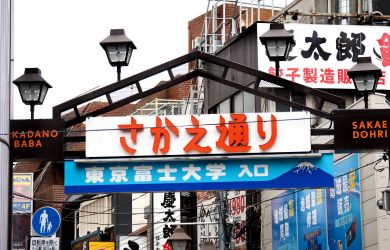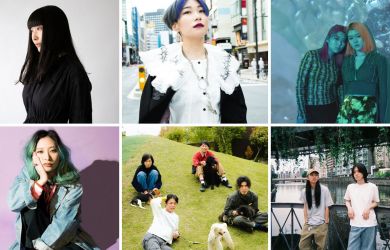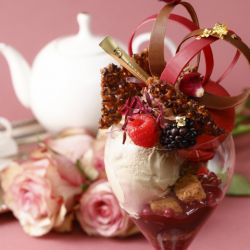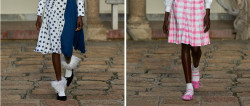
July 2, 2013
Konosuke Matsushita and Traditional Art Crafts
The wabi-sabi side of an electronics genius on show at the Shiodome
By Metropolis
Originally published on metropolis.co.jp on July 2013

Samuel Smiles, the great Victorian advocate of “self help” would have loved Konosuke Matsushita. Like Smiles’ other heroes, Matsushita overcame poverty by hard work and continuous self-improvement to found Panasonic, one of the great corporations of Japan. With one electronic gadget after another, many of them designed by himself, Matsushita built up his company from its launch in 1917 to the global prominence it enjoyed at his death in 1989.
But the workaholic electronics wizard had another side, as an exhibition at the Shiodome Museum shows. Throughout his life he remained deeply in touch with Japanese culture and traditional arts and crafts.
The exhibition features videos of Matsushita dressed in a man’s kimono enjoying the beauties of a traditional Japanese garden. There are also examples of various hagi ware (tea bowls) and other implements from the Japanese tea ceremony, owned by Matsushita. Other items from his collection include fabric designs, ceramics and some astoundingly beautiful lacquerware.

Some of the design elements of these items might suggest that Matsushita was deriving direct inspiration for product design, but this is unlikely as lacquerware designs, despite their elegance, have a limited application to electronics. Also the tea bowls, with their rough shapes and cracked glaze, exemplify the aesthetic of wabi-sabi (simple and quiet), something that seems to exist in direct contrast to precision electrical engineering.
One way to view the great tycoon’s interest in the traditional aspects of Japanese culture is as an escape from the pressures of business. After all, what could be more relaxing after a tense day in the workshop or boardroom than to slip into a black kimono and mix up a bit of green tea in serene surroundings?
This theory is almost confirmed by a photo of Matsushita writing Japanese brush calligraphy as well as by a few samples of his work. In the photo he seems more concentrated on his letters than a fifth grader in elementary school doing a kanji test, while his brush calligraphy work Kokoro, Japanese for heart or spirit, is suffused with serenity.
While this thesis is no doubt partly true, Matsushita’s interest in traditional Japanese arts and crafts was more than sheer escapism. For Matsushita there was a symbiosis between the spiritual and the commercial. During a visit to a popular Shinto shrine in 1932, he began to consider the similarities between religion and business management.
“Human beings need both material and spiritual prosperity,” he later said. “Religion guides people out of suffering toward happiness and peace of mind. And business, too, can contribute by providing physical necessities required for happiness. This should be its primary mission.”
Suffused with spiritualism and a sense of continuity to the past and a connection to the wider community, Matsushita’s company continued to improve its business as well as the lives of its customers. A cynic might say this was all about ensuring customer loyalty, but it’s clear from the mood of this exhibition that customer loyalty was just another byproduct of Matsushita’s spiritual and holistic approach to business.





